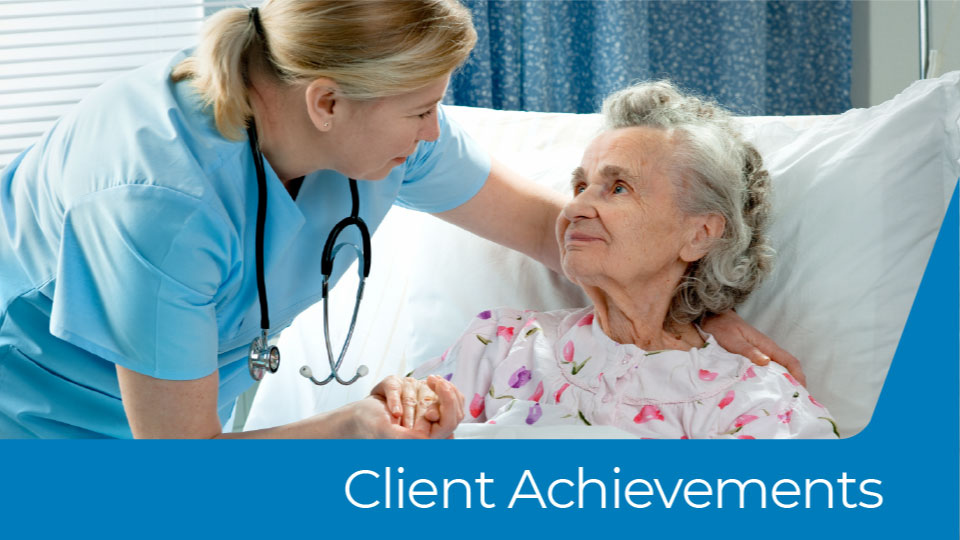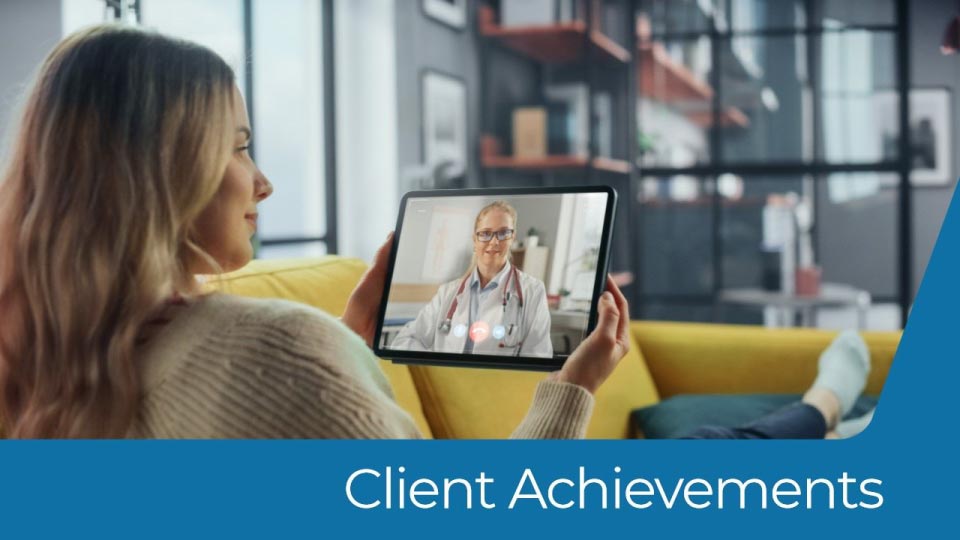For years, the computerization of practice has been a leading cause for provider burnout. In fact, a recent study from Medscape reported that a quarter of surveyed providers said documentation requirements in their electronic health record (EHR) were their primary reason for feeling overwhelmed.1
But can the EHR also be part of the solution? That’s the stance Children’s Mercy Kansas City is taking with its recent provider training program called Project HOPE. The initiative, which stands for “helping optimize provider efficiency,” leverages data from their Cerner EHR to identify which providers could improve efficiency and where in their workflow they can improve.
The data-driven training program has led to some major efficiency improvements, giving providers more time to spend with their patients and families.
“Every provider should do this,” said Aarti P. Pandya, MD, allergy, asthma and immunology. “I love that Children’s Mercy offers this resource and I hope this is something offered on a recurring basis because it is just so important for maintaining efficiency for our workloads, which in turn helps improve provider well-being.”
It’s not just Pandya getting time back in her day, but collectively, providers who participated in Project HOPE and used Dynamic Documentation™2 at least 50% of the time after being coached collectively saved approximately 2,500 hours.3
In July 2019, Children’s Mercy and its informatics group worked with Cerner to customize provider efficiency data from Cerner Advance into a dashboard that showed specific metrics they could leverage for their own training and outreach. They looked at key metrics that showed the most common areas where providers struggled including documentation time, chart review time, after-hours time and orders.
“We built out a dashboard and my provider educator team decided we would use it to proactively look at our clinics and inpatient units,” said Shari Cooley, MSN, RN, director of medical informatics and training. “As educators, we all have specific groups we work with, and we reached out to providers who we felt could improve their efficiency the most based on their overall scores.”
Out of the 322 providers who adopted Dynamic Documentation and received coaching, 187 providers saved at least an hour.4
“We invited anyone who was interested to sit down with us for 60 to 90 minutes to review their efficiency scores and areas where they can improve, and that's gone over really well,” Cooley said.
Some providers signed up for multiple sessions because they hadn’t completed very many training sessions after their initial training. For staff who have been around for several years, it allows them an opportunity to see new functionality and ways they can improve.
“It helps us make sure workflows are set up effectively, they're using Auto Text the way they need to, and their documentation isn't burdensome,” Cooley said. “Burnout can affect providers, so we’re trying to reduce the amount of time they spend in the EHR.”
When providers sign up for a session, the team runs their score on an actual data sheet they give to providers. This data sheet shows all the providers’ metrics, including their average time documenting per patient, their chart review time per patient and their score compared to other peers in the same specialty.
“We go over the fact sheet with them and then concentrate on the areas where they're really showing the most difficulty, whether it's documentation or chart review,” Cooley said.
In July 2020, Children’s Mercy started looking more closely at the numbers since they worsened during the pandemic.
“What we discovered was our patient volumes were low during the acute months of COVID-19 and providers had more time to spend in the chart, so their chart review times went way up,” Cooley said. “We're starting to see that kind of turn around now as our volumes have climbed.”
The staff decided to follow up after review.
“Initially providers struggled with the new workflow, but then they saw improvement,” Cooley said. “If we meet with them and find they’re not using a lot of Auto Text or there's something else we can help them with, a lot of times we'll schedule a follow-up project help session with them,” Cooley said.
After Cerner helped set up the dashboard and branding for what datasheets look like and trimmed the list of items to focus on in Cerner Advance, they assisted with tweaking reports and the scoring system used.
“We’re using the tool to help increase the joy of medicine as well as improve patient safety and quality of care,” said Laura Fitzmaurice, MD, FAAP, FACEP, FAMIA, chief medical information officer and interim division director of emergency services.
Children’s Mercy sent a survey to providers and asked them to self-evaluate what their efficiency was prior to the intervention compared to after on a scale of one to 10.5
“We didn't receive any negative feedback,” Cooley said. “We had a few providers who said they were efficient before, and they didn't feel like it changed anything, but for the most part, everybody's been really happy with it.”
Providers rated their efficiency before Project HOPE and after, and their average self-rating score went from 6 to almost 8. When asked if they would recommend Project HOPE to their colleagues, 99% of providers said yes, and more than 95% also said yes when asked if they have implemented any of the efficiency suggestions made during their session.
“Project HOPE is excellent,” said Jeff Colvin, MD, JD, general pediatrics. “We have been actively promoting it within General Pediatrics and encouraging our colleagues to take advantage of becoming more efficient.”
Some data for this story was sourced from Cerner Lights On Network® and Cerner Advance.
1“’Death by 1,000 Cuts’: Medscape National Physician Burnout & Suicide Report 2021”, Medscape, accessed October 6, 2021, https://www.medscape.com/slideshow/2021-lifestyle-burnout-6013456?faf=1#5
2An EHR tool that helps document as a byproduct of care and follow the provider’s cognitive process using free text, voice recognition, code words and structured documentation — without having to leave the patient’s chart.
3More than an estimated, combined 2,509 hours over the 12 weeks following training sprints, which is time they can now spend with their patients or families. Comparing the average time spent per patient in the 8 weeks prior to providers being coached to the 12 weeks after being coached, then multiplying the difference by the number of patients seen in the 12-week post period. The first sprint was in July 2019 and the latest one measured was in May 2021. There was a 6-month COVID-19 break from March-August 2020. Sprints can vary in length and the number of providers in each sprint can vary.
4Time saved over the 12-week post period. Comparing the average time spent per patient in the 8 weeks prior to providers being coached to the 12 weeks after being coached, then multiplying the difference by the number of patients seen in the 12-week post period. The first sprint was in July 2019 and the latest one measured was in May 2021. There was a 6-month COVID-19 break from March-August 2020. Sprints can vary in length and the number of providers in each sprint can vary.
5Survey results are from March 1, 2021 to July 26, 2021.




